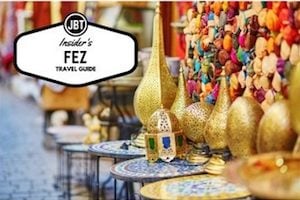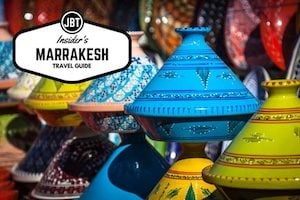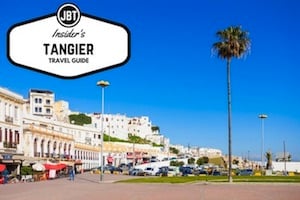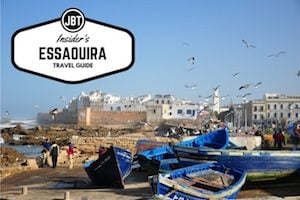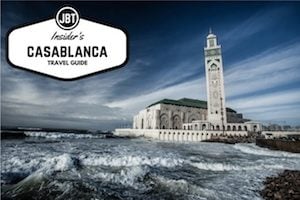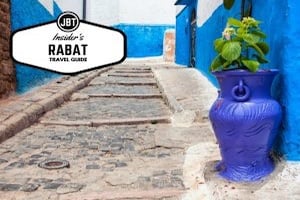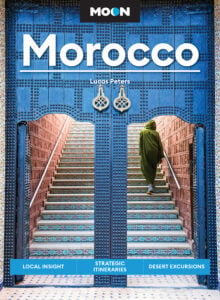 A smaller, more compact city than Tangier or Marrakesh, Fez packs a lot of charm and history into its winding alleys. Fez el Djedid is the modern portion of the city, but most interesting things to see are located in the medina: Fez el Bali.
A smaller, more compact city than Tangier or Marrakesh, Fez packs a lot of charm and history into its winding alleys. Fez el Djedid is the modern portion of the city, but most interesting things to see are located in the medina: Fez el Bali.
The Fez Medina
Upon entering the medina, gaze up at the intricate gates that arch over the entrances. These four giants are covered in beautiful tiles and serve as a great photographic subject before you plunge into the sights and sounds of the marketplace. The Bab Boujeloud is especially impressive. Shop for crafts, rugs, pottery and other souvenirs at the souks along these streets. Whether or not you plan to purchase leather goods, stop by the medieval tanneries, the Terrasse des Tanneurs, which are still in use. Once you climb to the tanneries’ terraces, you can see the dyeing vats’ sea of colors without getting too close to their unpleasant smell.
Medersa and Mosques of Fez
Most religious sites in Morocco are closed to non-Muslims, but Fez mosque exteriors are worth a view, and some medersas, or Koranic schools, are open to all visitors. Though entrance to the Andalusian Mosque and Kairouine Mosque is restricted to Muslims, both houses of worship have facades with beautiful arches and tilework that anyone can admire. In contrast, visitors can enter the Attarin Medersa, a 14th-century religious school attached to the Kairouine Mosque. The Attarin Medersa and the Bou Inania Medersa may be among the prettiest in the city, both showing off beautiful examples of Moroccan art and architecture and giving visitors a glimpse into the lives of religious scholars in the 1300s.
Other historic sites
In a city this old, historic sites abound, but a few specific places tend to end up on everyone’s itineraries. Panoramic lookout Borj Nord is especially popular at night, when the city lights up. Its daytime appeal includes a military museum and a location near the Merenid Tombs, ruins from the 14th century.
The Royal Palace of Fez (Dar el Makhzen) is closed to the public, but you can certainly check out its architecture; note that guards may prohibit photography from some locations. A palace not inhabited by royals, Dar Glaoui is a sprawling complex. Though it is privately owned, tours can be arranged with its caretaker.
One worthwhile stop outside the medina is the Dar Batha Museum, also called the Museum of Moroccan Arts. Housed in an Andalusian palace, the museum explores the beauty and variety of traditional Fez crafts.
Relaxing in Fez
After clocking many miles on Fez’s dusty roads and having got lost at least once in the medina, treat yourself and sample the traditional relaxation treatments. The traditional Moroccan spa , the hammam, can range from the utilitarian to the luxurious. Scrubbed up and squeaky clean, take a break from the bustling medina and step into the Jardin Jnan Sbil for a stroll. These lush, manicured gardens give visitors a bit of elbow room only meters from the commotion.
Written by Brinda Gupta.
Photo by Lapatia.

